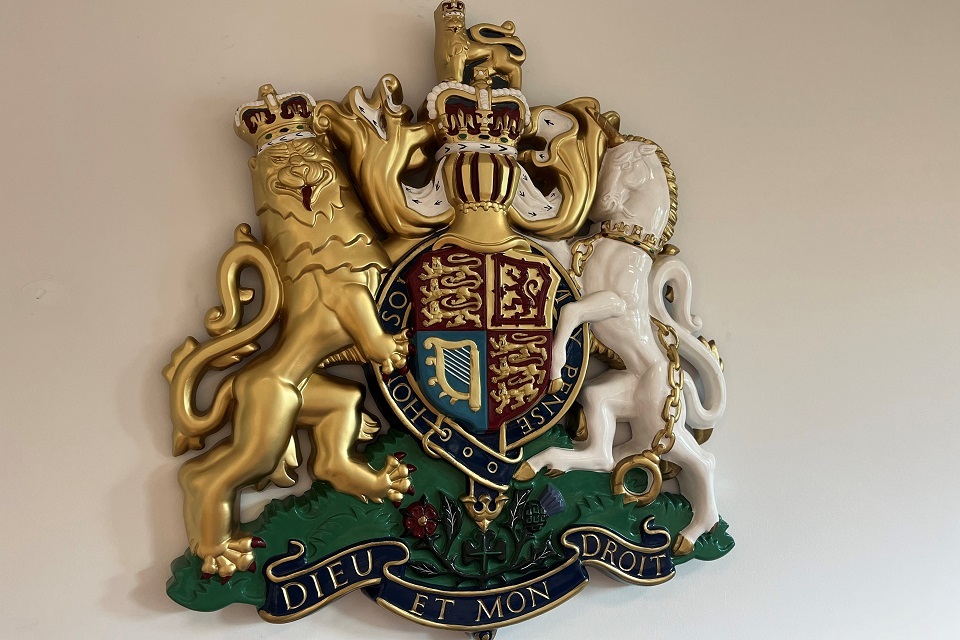It’s been a remarkable couple of weeks in geopolitics, as the conflict between Israel, Iran and the US became more intense. For years, the prospect of a regional conflict in the Middle East has been listed as a potentially significant market risk. But for investors, perhaps the most surprising thing is the lack of market reaction so far.
The chart below illustrates the point. It shows returns (in GBP) for global equity, global bond and commodity ETFs over the past couple of months. We can see a spike in global commodities, driven by higher oil prices but that has proven short-lived – so far. If your only source of news were the price movements of global equity and global bond ETFs, you wouldn’t have thought that anything was happening. It’s also interesting that the US dollar, generally a safe haven currency during geopolitical crises, has continued to drift lower.
So, why do we think that’s the case? There are a few things to consider.
Recent experience seems to have led many investors to assume that the impact of geopolitics on markets tends to be short-lived.
Second, the Israel-Iran conflict appears to have de-escalated for now – much faster than we might have feared – even if tensions across the region remain high. If the ceasefire sustains, then the economic impact should be limited. In some respects, we’d argue that US energy independence might also play a role. Closing the Straits of Hormuz would still have a significant impact on global oil prices, but the impact might be felt more by China for instance than the US, given the rise in domestic energy production in recent years.
The Israel-Iran crisis isn’t the only driver for markets. In the past few days, we’ve seen some continued progress on trade negotiations. Most recently the US and China have announced a deal on rare earth exports – a crucial input for a broad range of technologies.
At the same time, news from the technology sector suggests that spending on Artificial Intelligence remains at a high level, and that should support earnings across a number of the large tech businesses. Following Liberation Day – the day the US announced a new wave of trade tariffs – we saw analysts downgrade their earnings forecasts across a range of businesses, anticipating slower growth. Now that tech spending seems robust and the worst case scenarios for tariffs may have been avoided, earnings in the second quarter might hold up better than some had feared.
Finally on the macro side, the latest inflation data in the US for May suggests that inflation has remained fairly subdued. We’ve yet to see any significant impact from higher tariffs feed through into prices. That raises the possibility that the Fed will be able to cut rates this year by more than previously expected, and that may be one reason why the dollar has drifted lower. Two Fed governors have already commented that they could vote in favour of a cut at the next meeting in July.
We’re mindful, as always, of potential risks the ceasefire between Israel and Iran may not hold; the impact of tariffs on growth and inflation may just take longer to appear; and the recovery in equity valuations, particularly in the US, might suggest that investors are too complacent about the future. But for now, markets are ending June in a better condition than we might have feared.
What does all this mean for portfolios?
We wouldn’t usually focus on such a short time period, but it’s been reassuring to see the portfolios hold up fairly well during June so far, given all the geopolitical uncertainty.
Looking back over the quarter – marked by significant uncertainty around global trade (Liberation Day) and heightened geopolitical tensions (India–Pakistan, Israel–Iran) – what stands out is the resilience markets have shown so far. We think it’s another reminder for investors of the value in having a clear plan in mind for their investments and focusing on the long term.
*As with all investing, financial instruments involve inherent risks, including loss of capital, market fluctuations and liquidity risk. Past performance is no guarantee of future results. It is important to consider your risk tolerance and investment objectives before proceeding.







